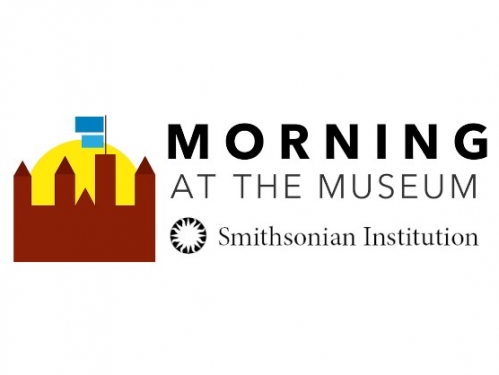
Morning at the Museum
A free sensory-friendly program for families of children with disabilities.

The Smithsonian strives to make all visitors feel welcome. Some accessibility features include:
These pre-visit videos are designed to help prepare for situations one may encounter at the Smithsonian museums. Videos address what to expect, museum rules and routines, safety information, and more. Please note that some experiences demonstrated in these videos, such as entrance processes may have changed slightly due to COVID-19.
These videos were made possible by the Smithsonian Women's Committee.
Access Smithsonian strives to provide consistent, effortless access to the Institution's programs, collections, and facilities. For more information on accessibility policies and programs, call 202.633.2921 or email [email protected].